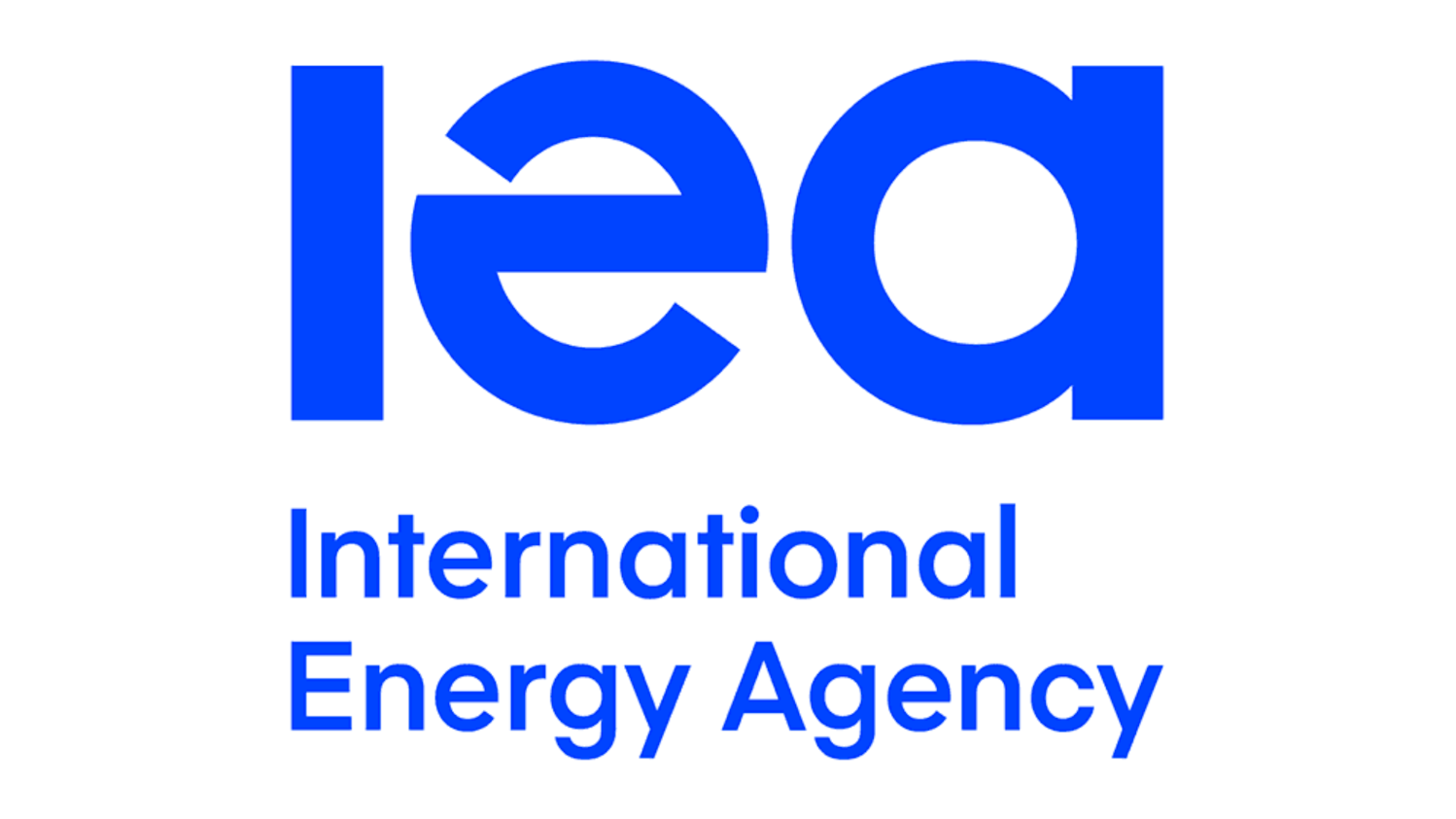IEA Renewables Report 2023 highlights biogas and biomethane as key players in renewable energy transition.

The International Energy Agency (IEA) has dedicated a special section to biogas and biomethane for the first time in its renewable energy market report series. The report underscores the key role of biogas and biomethane in shaping the future of clean energy.
Biogas production, initiated in the 1990s, has experienced consistent growth, with a notable surge in policy support over the last two years. This shift is attributed to a confluence of factors, notably the heightened concerns about energy security following Russia's invasion of Ukraine and the ensuing energy crisis. Biogas is now recognized as a domestic energy source, offering a solution to reduce dependence on natural gas imports and bolster energy security globally.
Furthermore, with the imperative to limit global temperature rise to 1.5°C, countries are increasingly recognizing biogas as a ready-to-use technology capable of accelerating decarbonization in the short term. Consequently, nations are developing specific policies that incorporate biogas as a key component in their energy transition strategies.
Market conditions are also playing a crucial role in stimulating the use of biogas. While combined heat and power units predominantly run on biogas, biomethane—a purified form with high methane concentrations—is gaining traction in gas utilities, industry, and the transport sectors. Biomethane, known as renewable natural gas (RNG) in North America, bio-compressed natural gas (bio-CNG or CBG) in India, and bio-natural gas (BNG) in China, is interchangeable with natural gas, further enhancing its versatility.
Beyond serving as a clean domestic energy source, biogases offer additional benefits. Biomethane, in particular, proves instrumental in decarbonizing hard-to-electrify sectors like transport and industry. The use of both biogas and biomethane not only reduces CO2 emissions from fossil fuel combustion but, when managed correctly, also mitigates methane emissions from waste and agriculture, which account for a significant portion of global methane emissions.
This aligns seamlessly with the objectives of the Global Methane Pledge launched in 2021, with 155 countries signing on by January 2024. The report emphasizes that leveraging biogas and biomethane contributes to building a circular economy around residue and waste valorization. It plays a crucial role in rural economic development, creating employment opportunities. Additionally, the production of natural fertilizers as a byproduct of biogas and biomethane augments farmers' income and aids in restoring soil health by addressing environmental concerns related to untreated manure use.
In a holistic approach, the report recognizes the potential of biogas for clean cooking in developing countries, further emphasizing its versatility and positive impact across various sectors. The IEA's report signifies a paradigm shift in the renewable energy landscape, with biogas and biomethane emerging as key players in the global transition towards a sustainable and decarbonized future.
@Source: IEA
Download the IEA report directly from the IEA website or join our Private area. You'll find insights into the current landscape of the biogas and biomethane sector and growth prospects from 2023 to 2028. Don't miss the opportunity to stay informed at the forefront of sustainable energy developments.